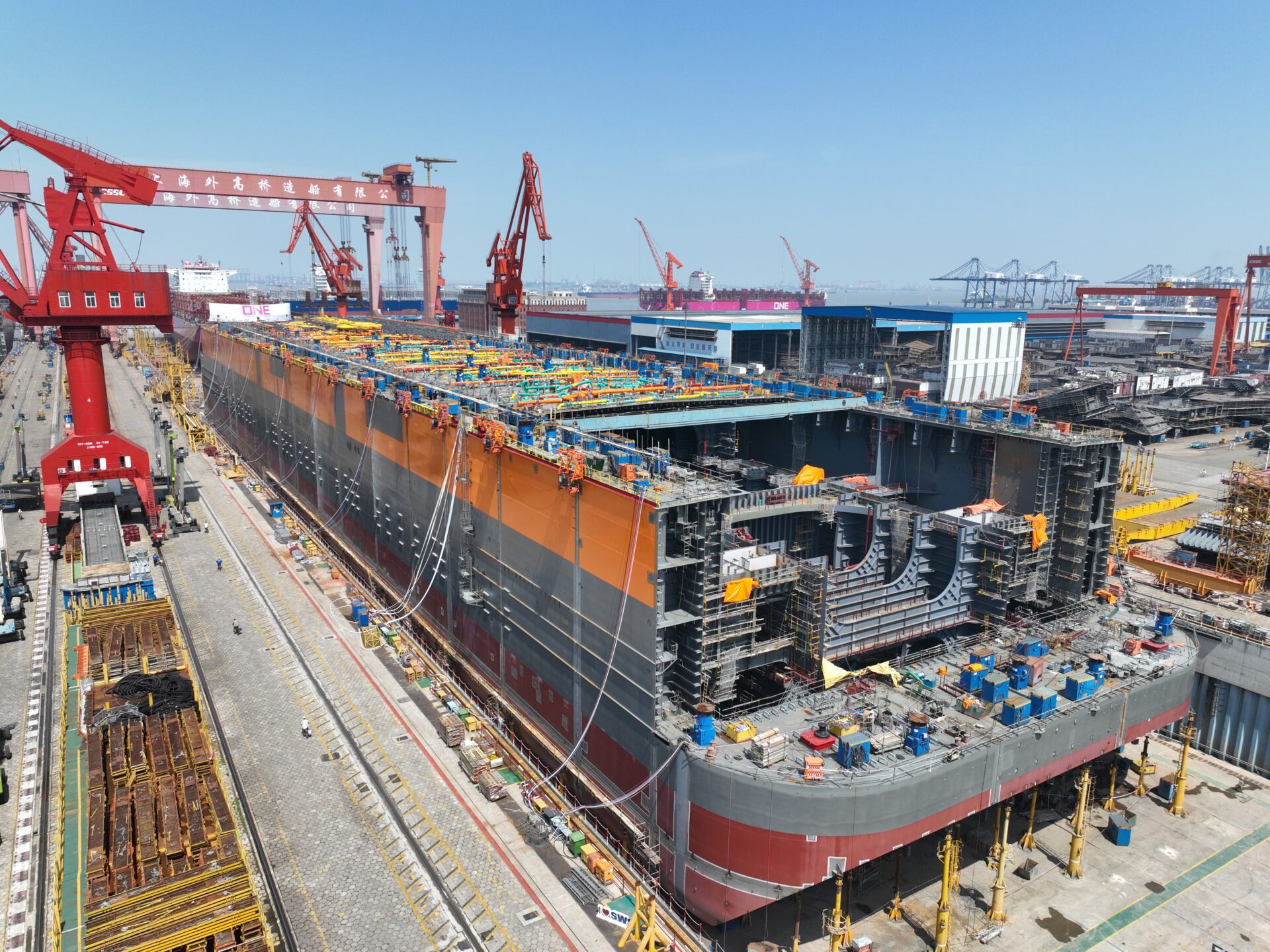ExxonMobil’s two latest developments offshore Guyana – Uaru and Whiptail, have surpassed Yellowtail as the largest investments in the country’s history. Each of these projects has an estimated development cost of US$12.7 billion. Yellowtail is estimated to cost US$10 billion.
Uaru and Whiptail are tied at the top but Whiptail, despite the same development cost as Uaru, is targeting the production of 850 million barrels of oil, which is 50 million more than Uaru’s target of 800 million barrels, making Whiptail potentially slightly more cost-efficient.
Exxon’s Uaru and Whiptail projects could each target up to 275,000 b/d
ExxonMobil confirmed that though the original cost estimate for Whiptail was US$12.9 billion, the company successfully cut US$200 million from the estimate, reflecting significant cost savings.
The final investment decision (FID) for Uaru was made in April 2023, and the project is expected to begin production in 2026 with a targeted capacity of 250,000 barrels per day (b/d). Similarly, the Whiptail project received its FID in April 2024, with production slated to start by the end of 2027, also targeting 250,000 b/d. The Yellowtail project, which previously held the title of largest investment, had its FID in April 2022, with production expected to commence in 2025.
Looking at the production efficiency across the six developments—Liza Phase 1, Liza Phase 2, Payara, Yellowtail, Uaru, and Whiptail—these projects have combined development costs of US$53.9 billion. For every billion dollars spent, the companies are therefore adding an average of 24,304 b/d to production capacity. However, ExxonMobil has already optimized the production capacity of earlier projects like Liza 1, Liza 2, and Payara, and is committed to optimizing future projects, increasing cost efficiency in the long term. This means the actual production capacity per billion dollars spent will likely be even higher as these efficiencies are realized.
Exxon adopts new technologies for Whiptail FPSO to meet GHG goals
ExxonMobil’s approach to optimization and cost management highlights a strategic focus on maximizing output while managing costs. It operates the Stabroek Block, with a 45% stake, alongside Hess (30%) and CNOOC (25%).
A seventh project, Hammerhead, is being pursued with first oil expected in 2029. The project is still in the early stages of planning and will have to be reviewed by the Guyana government.



